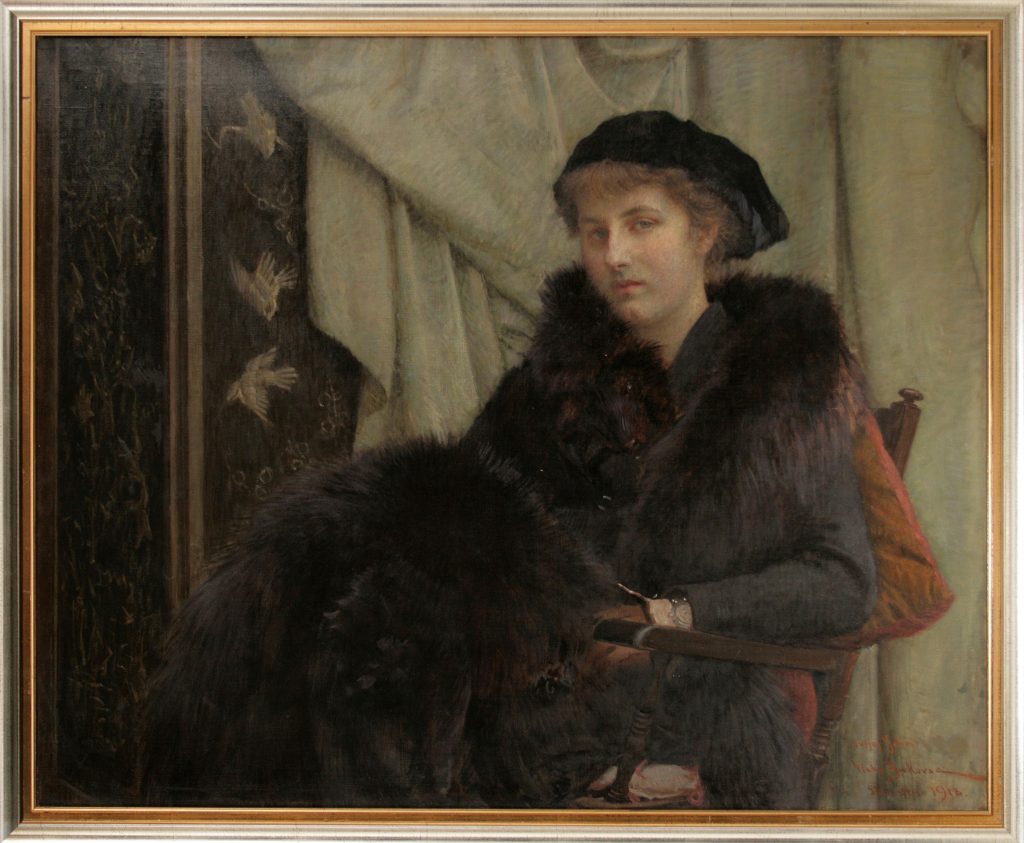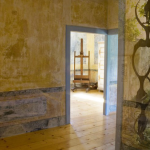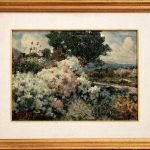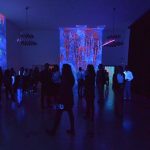Vlaho Bukovac was born in Cavtat, a little town not far from Dubrovnik in 1855, but spent most of his life outside of Croatia. He studied in Paris at the École des Beaux Arts (class of Cabanel) from 1877 to 1880, and as early as 1878 exhibited his work at the Paris Salon, the first Croatian painter ever to do so. In 1882 he achieved outstanding success with the painting La Grande Iza, reproductions of which at the Salon were sold in thousands of copies. After finishing his training, he lived in Paris until 1893, getting to know the work of the Impressionists and moving to a more vivid scale of colours and to work in the open air.
He spent a lot of time in England in different periods between 1882 and 1892, and from 1902 until the end of his life lived in Prague, where he was a member of the faculty of the Academy of Fine Arts. It was when he had a brief period of residence in Zagreb from 1893 to 1898 that Croatian modern painting began to take off. He had a powerful impact on the whole generation of Croatian painters of that time, who, man, or woman, started working outdoors and brightening their palettes. The circle of painters gathered around Bukovac accordingly came to be known as the Zagreb Colourful School.
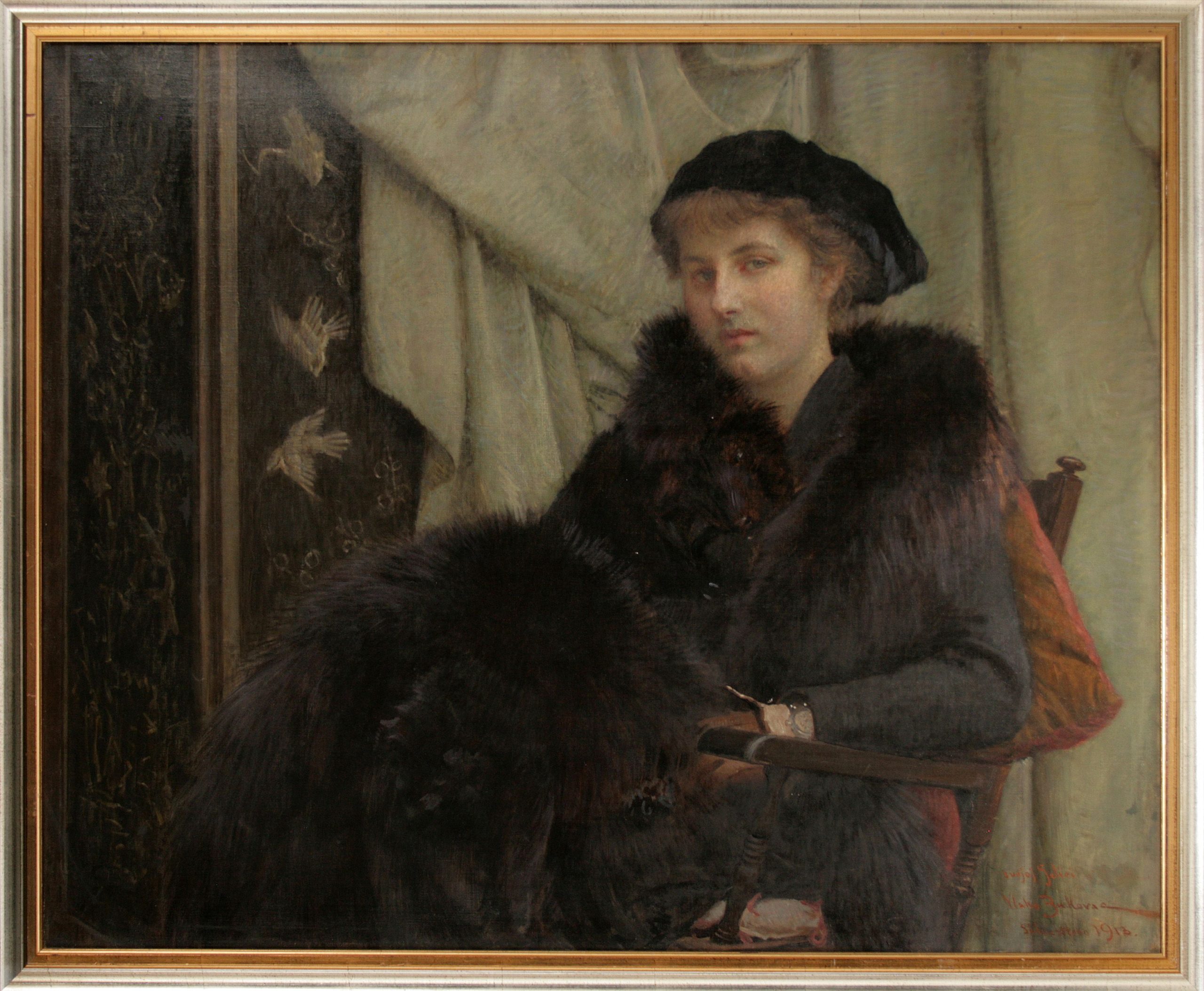
Bukovac also worked as an initiator of artistic events in the country, and as a promoter of the endorsement of Croatian artists abroad. In 1896 he set up the Croatian pavilion at the Budapest Millennium Exhibition, the pre-fabricated iron framework being subsequently transferred to Zagreb, becoming the Art Pavilion, the first decent Croatian exhibition venue ever. In Zagreb he was vigorously at work painting portraits (being one of the major portrait artists of his time) and created a number of classic historical compositions (including the curtain for the Croatian National Theatre). An exceptionally prolific artist, Vlaho Bukovac produced an oeuvre of about 1200 oil paintings, and a hundred or so watercolours, temperas and drawings.

From 1878 (when he made his first appearance in the Paris Salon) to 1921 (when he exhibited for the last time, together with his daughters, in Prague) he appeared 72 times at collective and individual shows at home and abroad. He exhibited at the second and fifth Venice Biennales, 1897 and 1903. Bukovac died in Prague in 1922.
Works by Vlaho Bukovac can be seen at the Vlaho Bukovac House in Cavtat (Bukovceva 5 Street) and the Museum of Modern Art Dubrovnik (Ulica/Street Frana Supila 23).

